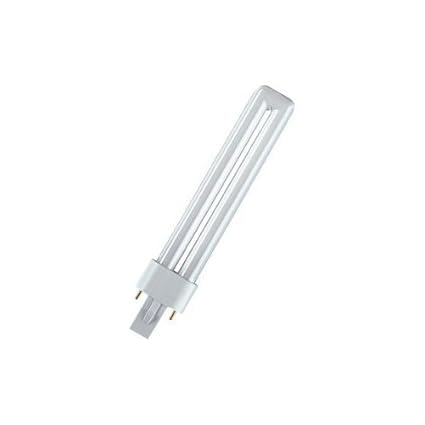OK a little more than just a single capacitor, but the current regulation relies on what can pass through the capacitor there is no regulator as such, I have a replacement for a quartz halogen tube with a voltage range of 85 ~ 250 volt, this clearly has a PWM chip in it and gives out the full 100 lumen per watt, the replacement for my 65W fluorescent tube states 230 volt, but since it will work with same output if the ballast is left in place or taken out again clearly a PWM driver again 100 lumen per watt, since the new 58W fluorescent with a HF ballast is around 95 lumen per watt, and lasts the same time, unless it does give a 100 lumen per watt it is no better than the fluorescent it replaces.
However although there were cold cathode GU10 bulbs they were not very good, and the bulbs with E27, E14 and BA22d were also rather poor, so even at 75 lumen per watt the LED replacement bulb is better than most fluorescent bulbs. And using capacitors as current limiters, means the bulb can be easy dimmed, so in the main the cheap LED bulb is only around the 75 lumen per watt. Personally I have used cheap bulbs throughout the house, I am not really worried if only 75 lumen per watt.
However to compare with fluorescent we must accept in the main the LED in a bulb is rather cheap and nasty.


